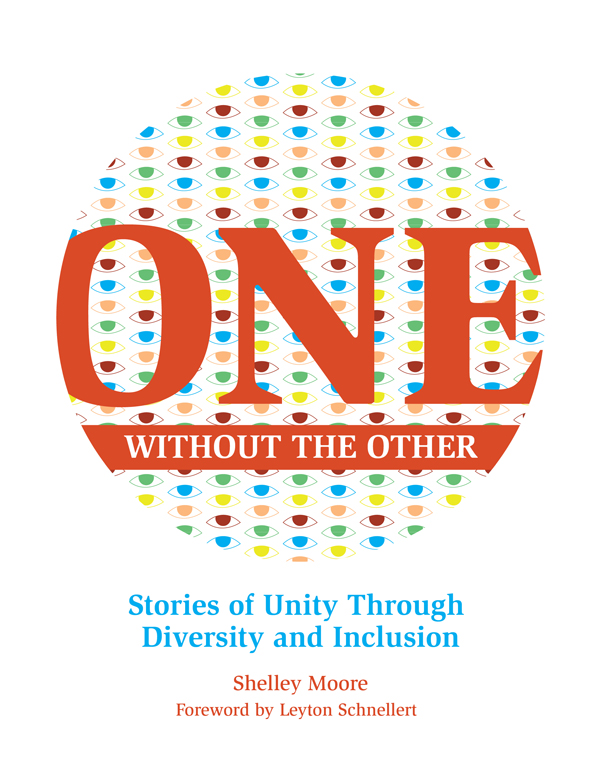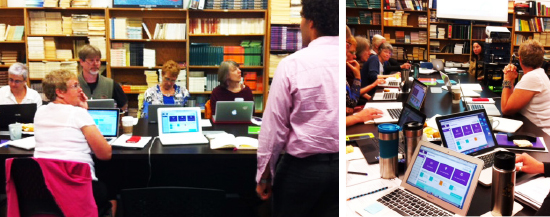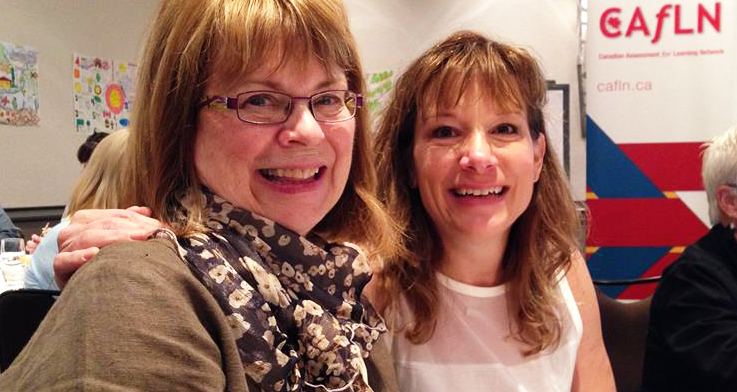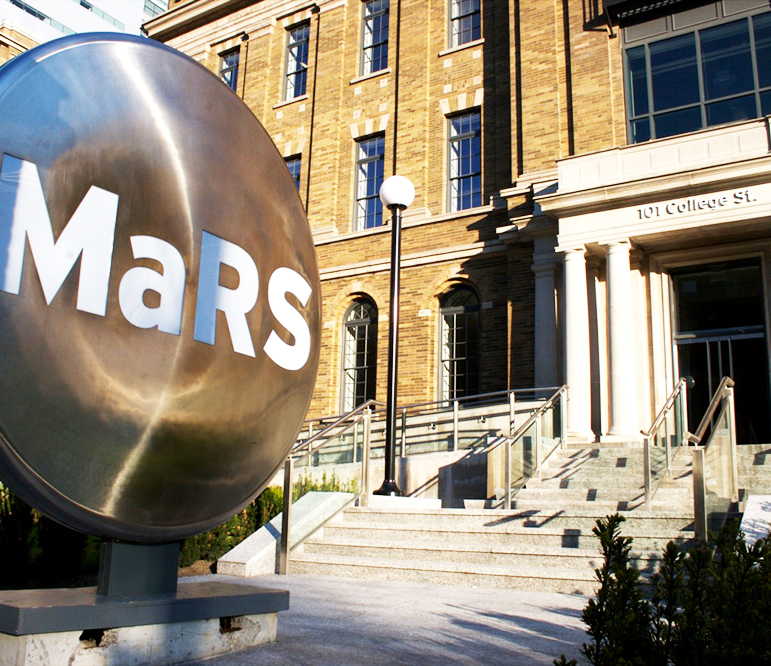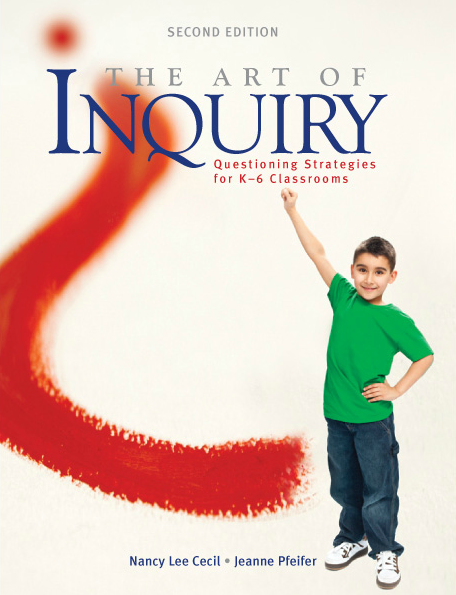QUIO BLOG
FEATURE/

A Shift to ePortfolios
By Laura McKay
Ian Landy, principal of Sorrento Elementary in Sorrento, BC, is no stranger to the inadequacies of report cards. In his time as principal in two different school districts, he struggled to make them better, to somehow meet his students’ needs. In the end, as he writes on his blog, he realized that he needed to move past the search for a better report cards.
Read More +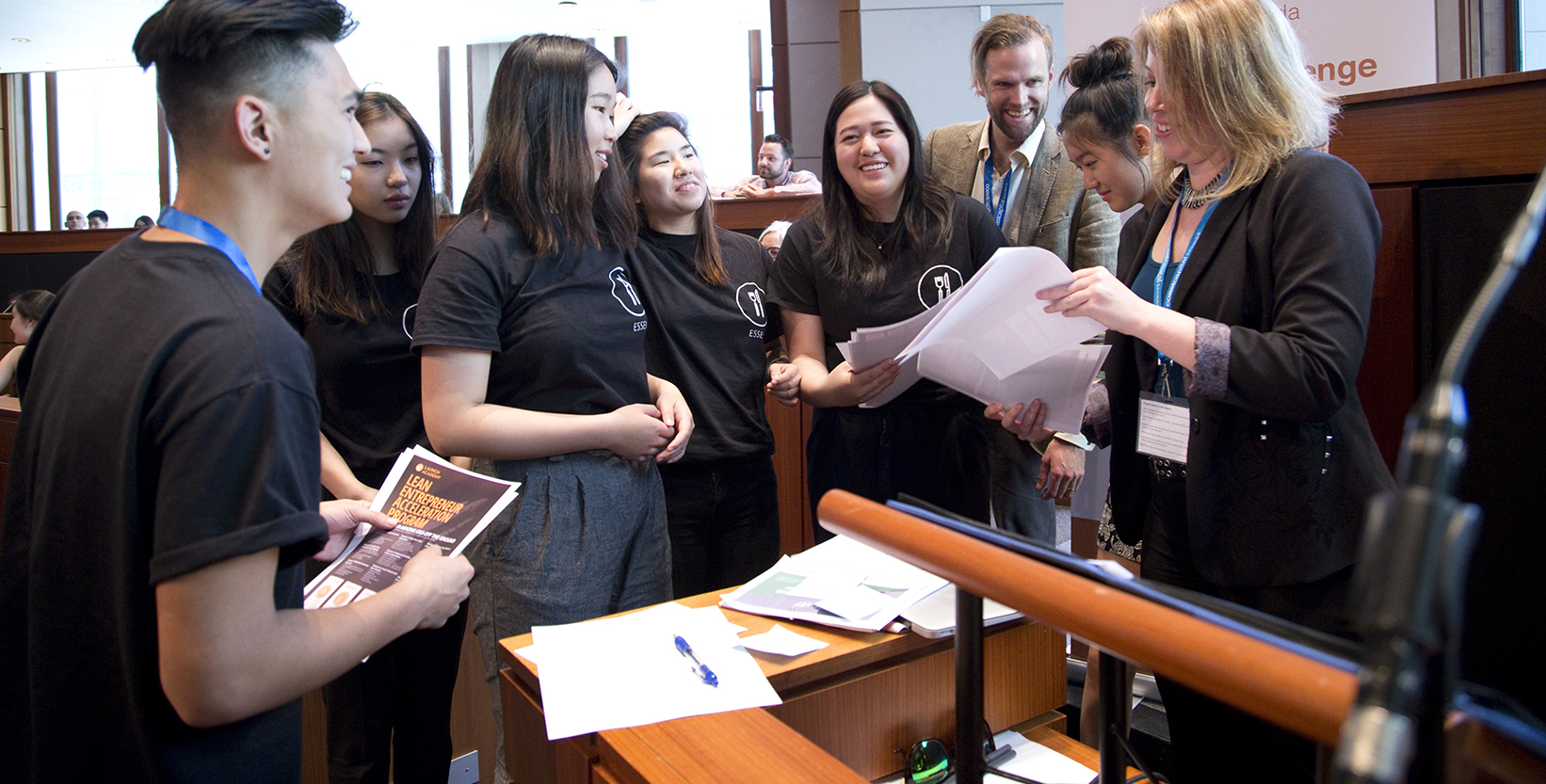
Home Featured/
Preparation for Life: Teaching the Entrepreneurial Mindset
For Emily Naing, the YELL began as a whisper.
Naing was a high school student in Coquitlam, BC, when posters piqued her interest in a new course being offered. The course was one of many facilitated by YELL Canada (Young Entrepreneur Leadership Launchpad), a charitable organization based in Vancouver that works to encourage “the development of the entrepreneurial mindset in our young leaders, who then apply what they learn to any career or post-secondary path that they choose,” according to David Cameron, YELL’s Executive Director. The program supports teachers and school districts, facilitating partnerships with local businesses in order to bring the community into the classroom. read more +

Spirals of Inquiry
For more information on Laura Tait’s work, and that of her colleagues, consider reading Spirals of Inquiry by Judy Halbert & Linda Kaser.
Available here [http://www.bcpvpa.bc.ca/node/108]
This handbook is organized to provide teachers with specific inquiry tools, research evidence and examples from practice in BC schools. You will read arguments for the importance of considering and combining wise, strong and new approaches to inquiry and learning. The reader will be introduced to a set of questions that can shift thinking and practice; will explore the key stages in the spiral of inquiry; and consider ways to incorporate current knowledge into designs for professional learning. The authors hope you will feel better equipped to create the kinds of inquiry learning communities required to get the outcomes for young people that we both want and need.
All proceeds from the sales of this book support the work of inquiring and innovating schools.
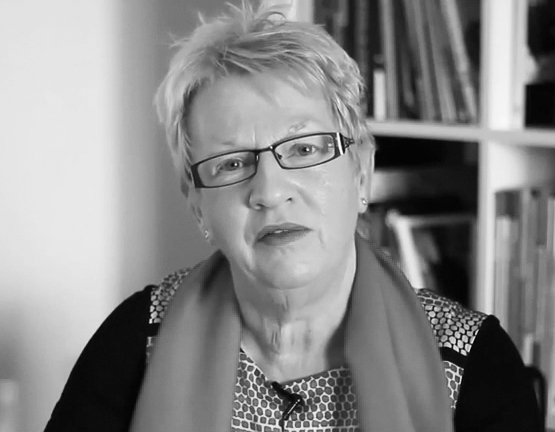
Video/
THE PURPOSE OF ASSESSMENT
Author and consultant Ruth Sutton discusses using assessment to improve learning – not just measure it – and the importance of helping parents understand where a letter grade has come from.
See Video +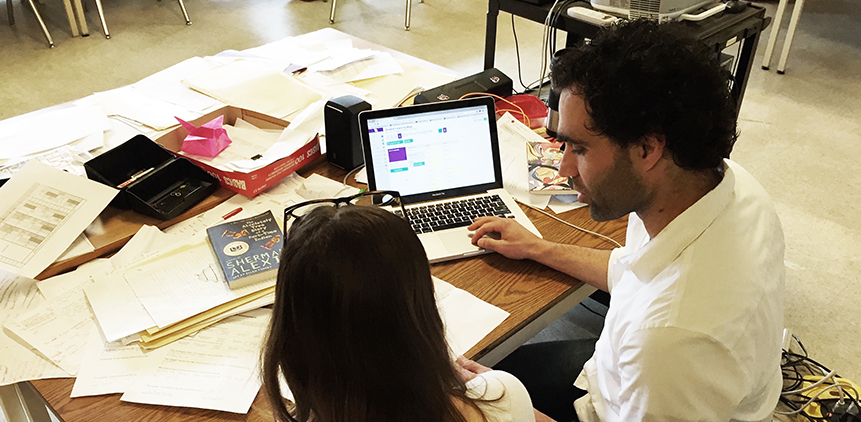
Badges bring out students’ best
Badges are a familiar recognition of achievement in video games, scouts and guides. But what happens when they are used in the classroom?
Brad Cunningham, English teacher and department head of the Flexible Studies Program at Reynolds Secondary School in Victoria, B.C. is finding out.
He is using badges with his Grade 9-10 students in the program. Badges recognize learning occurs via cross-curricular activities. For example, English skills are demonstrated in writing essays and making presentations. Badges recognize the skills-based outcomes of student projects.
Badges also tap into something teachers hope to nurture in their students – passion.
“I’ve heard from students that they can be afraid to bring some of their passions forward. Once something is evaluated, it’s no fun anymore. It’s too much a part of their identity. What excites me most is that it honours what interests students. They can pursue what interests them, and display their passion and skills,” says Cunningham. read more +
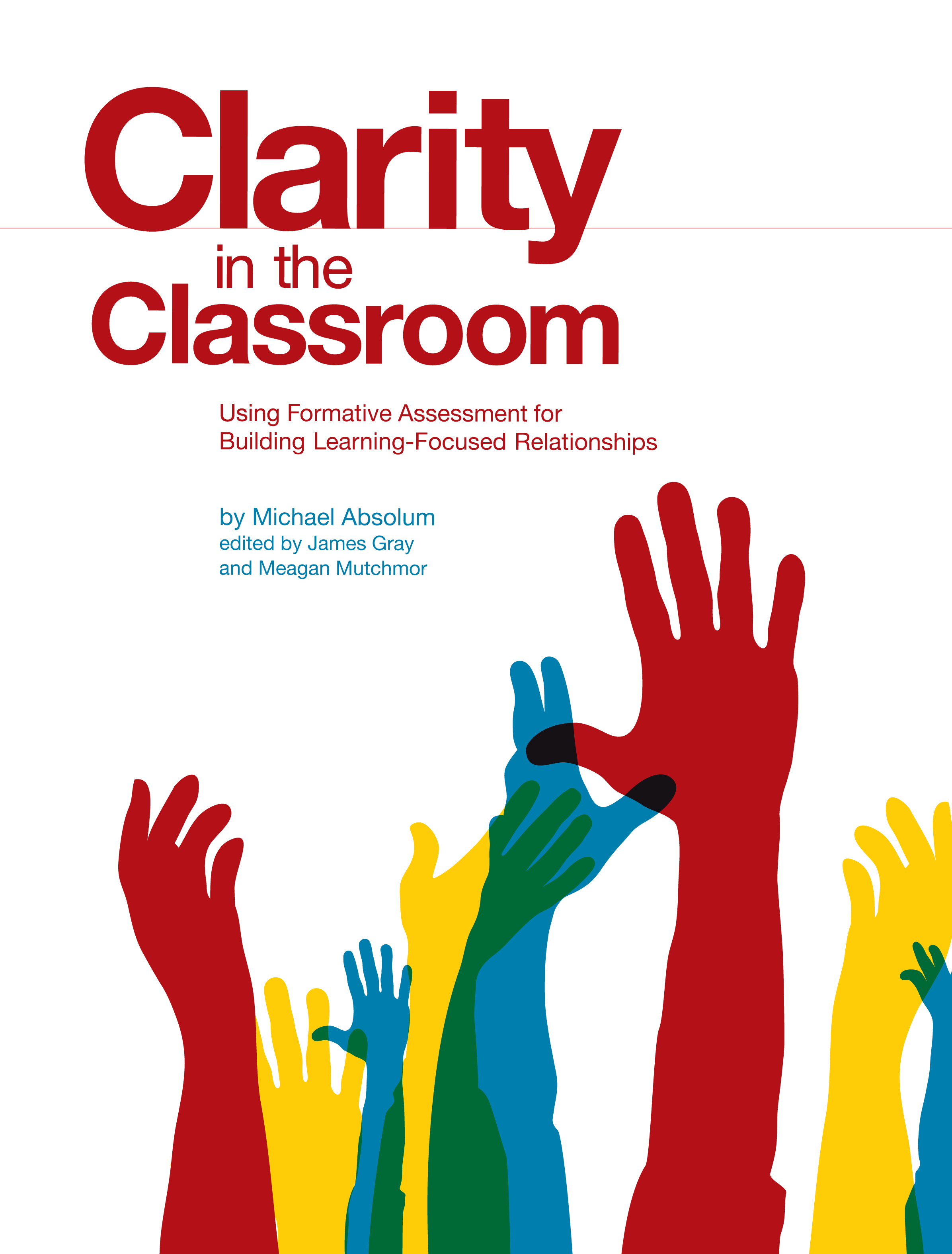
Clarity in the Classroom: Using Formative Assessment for Building Learning-Focused Relationships
Author, Michael Absolum, shows how building a learning-focused relationship between teacher and student helps make “assessment for learning” principles work effectively. He does this by breaking down the bigger ideas of assessment into smaller parts that make it easy for educators to understand. Throughout the book, Absolum shares his ideas about:
- the nature of student learning
- the nature of the student/teacher relationship
- the skills that teachers need to support students
- the skills that students need to learn
Originally written for a New Zealand readership, Clarity in the Classroom has been adapted for North American educators. This book is an essential resource for every teacher and administrator looking to support and enhance the learning opportunities for all students.
The adaptions to the North American edition were done by James Gray, a vice-principal in Winnipeg, Manitoba, and Meagan Mutchmor, a K–8 mathematics consultant for the Winnipeg School Division.
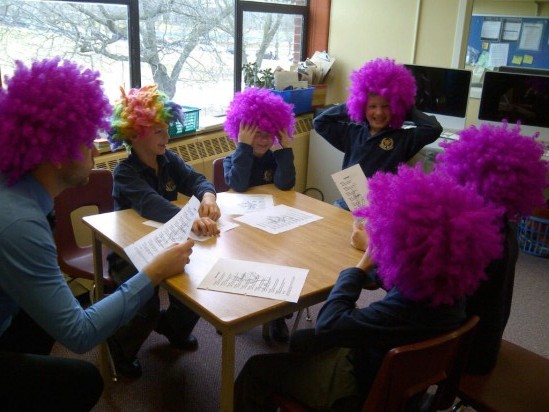
The Look and Feel of an Inquiry-Based Classroom
Teaching through inquiry seems to be the “new black,” but what does “inquiry” actually mean? Curriculum documents and research provide models of inquiry cycles to use as a guide, but what do inquiry-based classrooms really look like?
read more +

Collaboration key to accelerating student success
Innovation is not new in education. There have always been teachers and researchers who have pushed beyond existing boundaries in the field. What is new is the pace of innovation related to the demands of our 21st century environment.
“It’s an exciting time in education today,” states Dr. Leyton Schnellert, who is an assistant professor in the Faculty of Education at the University of British Columbia’s Okanagan Campus. “The knowledge economy has really started to take hold, and that is pushing us towards a different approach with students.”
read more +

Video/
Formative Assessment and Inclusive Classrooms
Faye Brownlie, K-12 staff devlopement specialist and author, describes the impact of formative assessment on students most at risk.
See Video +
Video/
The Principles of Assessment for Learning
Faye Brownlie, K-12 staff development specialist and author, describes six principles of assessment for learning and how we apply them to help diverse groups of students move toward intended learning outcomes.
See Video +

Measuring what we value: New perspectives with Assessment for Learning
Changing traditional methods of assessment isn’t about a little tweak here and there, says Dr. Paige Fisher of the Faculty of Education at Vancouver Island University. “It’s a gigantic foundational shift.”
When foundations shift, it leaves room for something stronger to be built in their place. Fisher’s research focuses on the emotional impacts of assessment practices. “[Students] become powerfully associated with the numbers and letter grades we assign to them. We say someone is a ‘2’, or an ‘A student’, or a ‘C student’.”

Video/
A standards based assessment practice
“In the 21st century, we’re asking our students to know and to be able to do very different things than what we asked students to do in the previous century.” BC assessment consultant and author of Rethinking Letter Grades, Caren Cameron, describes different ways to collect evidence of student learning and why the collection of different types of evidence are essential.
See Video +

Video/
Triangulation For a Better and More Accurate Profile of Student Learning
Winnipeg-based assessment and evaluation coordinator Julie Cordova, speaks about triangulation and the importance of observation and conversation based evidence, that happen in the real time, day-to-day business of learning.
See Video +

Here, There, and Everywhere in February
Come visit us! You can enter to win a great Canadian assessment book bundle that includes It’s All About Thinking (Brownlie & Schnellert), Teaching to Diversity (Katz) and Rethinking Letter Grades (Cameron & Gregory).
